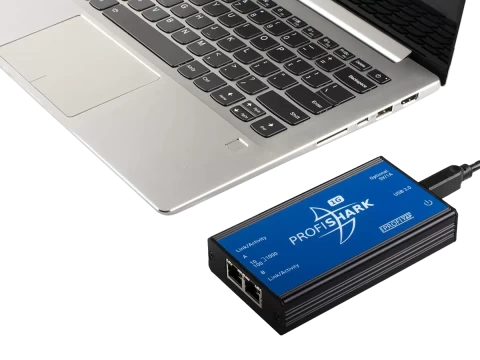-
Call Us:1.800.561.4019
Newsletter
For a Free Quote...
Latest Blog Posts
Blog Categories
Telnet Network News
Overcoming The Challenges In Business VoIP
 The cost and efficiency benefits promised in business VoIP have led to widespread adoption among small businesses and enterprises alike. While advancements have been made in this technology area, there are still obstacles to quality of service (QoS) in the delivery of business VoIP. Here, we’ll take a look at a few of these obstacles and best practices for breaking through these barriers to improve overall quality.
The cost and efficiency benefits promised in business VoIP have led to widespread adoption among small businesses and enterprises alike. While advancements have been made in this technology area, there are still obstacles to quality of service (QoS) in the delivery of business VoIP. Here, we’ll take a look at a few of these obstacles and best practices for breaking through these barriers to improve overall quality.
According to an Internet Evolution article, the main obstacles to QoS in business VoIP include jitter, latency, data-oriented Internet service providers, inadequate IT equipment on corporate networks and network architectures that do not consider VoIP. Let’s explore these obstacles in more detail.
Jitter is the distortion that occurs when telecommunications and electronic timing signals deviate. Jitter is often targeted as the primary culprit for dropped or poor business VoIP calls. Latency refers to the time it takes for a voice packet to reach its destination. If too much latency is on the line, the VoIP packet delays can produce echo within the business VoIP environment.
ISPs tend to focus on the quality of the data connection and forget about the voice packets. When you rely on your data connection to support your business VoIP, voice quality has to be at its highest. Inadequate IT equipment, such as standard-issue broadband modems or service packages may not be able to support the desired high-quality, high-fidelity calls.
Even within your own environment, your IT may route both data and voice over the same network, failing to prioritize VoIP over data to drive premium QoS. While these challenges are real, business VoIP can still deliver benefits to the enterprise and the small business. To gain the most value from such a deployment, there are a few best practices you can implement to ensure QoS and get the most from your business VoIP.
The first best practice is to hire data-oriented Internet service providers. Ask providers about their voice QoS and SLAs. It’s critical that a provider can demonstrate an understanding that QoS for voice is more demanding than QoS for data. Examining your network hub and other entry points is also critical to quality business VoIP. Ensure your DSL is business class and use either ISDN or E1/T1 lines.
To drive high quality in your business VoIP, avoid those network architectures that are not optimized for VoIP. Corporate local area networks (LANs) put in place should be designed to limit latency to less than 200 milliseconds. They should also rely on a protocol that will recognize and prioritize voice packets. You’ll also need an appropriate balance between security and virus protection, and the flexibility in your lines as network firewalls can break up calls.
Pay attention to the details when you launch your business VoIP and you’re more likely to enjoy higher quality calls on a consistent basis.
Thanks to TMCnet for the article.
When you subscribe to the blog, we will send you an e-mail when there are new updates on the site so you wouldn't miss them.





Comments